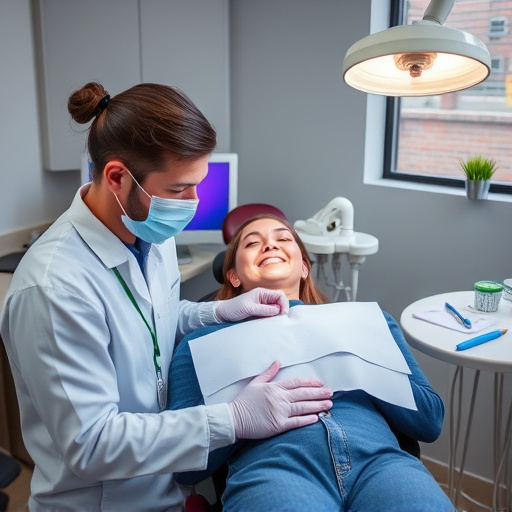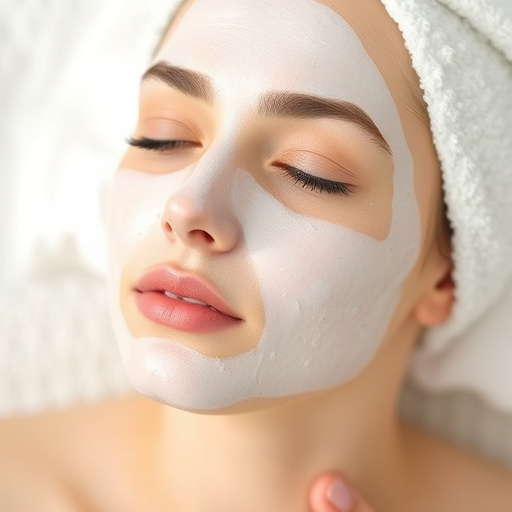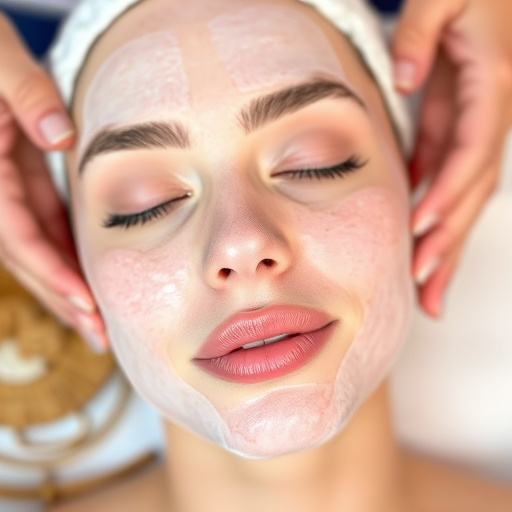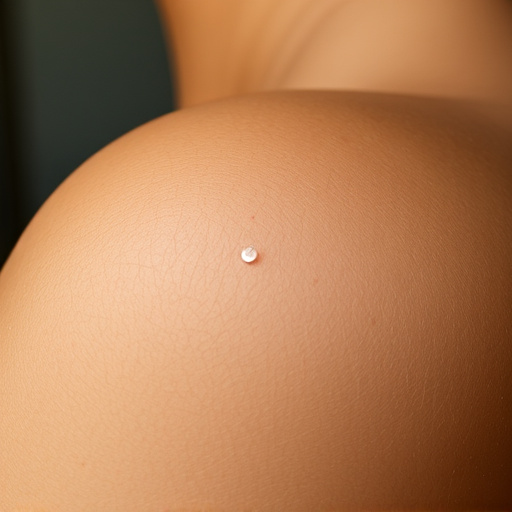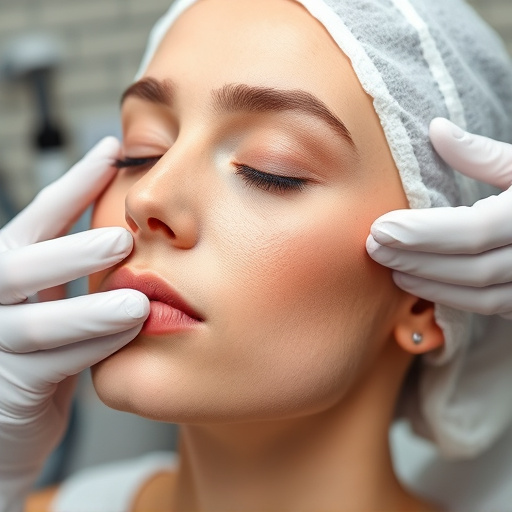Pore sizes vary greatly among individuals due to genetics and aging, not cleanliness. Post-treatment redness after skincare procedures, including pore minimizing treatments, is caused by increased blood flow, irritants, and ingredients. Effective pore minimizing treatments address root causes like excess sebum or collagen degradation using science-backed ingredients and professional techniques. Proper post-care, including gentle products, SPF protection, and personalized routines developed with a dermatologist or esthetician, is crucial for minimizing redness and maintaining results.
Looking for a lasting solution to minimize pores and reduce post-treatment redness? This comprehensive guide explores effective strategies for achieving smoother, less noticeable pores. We delve into the science behind pore structure and what causes redness, evaluate top pore minimizing treatments, and provide expert tips for post-treatment care. Discover how to achieve radiant skin with minimal downtime.
- Understanding Pore Structure and Redness Causes
- Evaluating Effective Pore Minimizing Treatments
- Post-Treatment Care for Reduced Redness and Lasting Results
Understanding Pore Structure and Redness Causes

Pores, though often a source of concern for many, are natural openings on the skin’s surface that connect to oil-producing sebaceous glands beneath. Pore structure varies greatly among individuals, with some having larger pores due to genetics or certain skin conditions, while others may have smaller, barely visible pores. Despite common beliefs, pore size is not directly linked to skin cleanliness; rather, it’s more influenced by genetic factors and the natural aging process.
Post-treatment redness is a common concern after any skincare procedure, including pore minimizing treatments. This redness often arises from various factors such as increased blood flow to the treated area during the healing process, exposure to potential irritants or allergens in the environment, and even certain ingredients used in the treatment itself. Hydrating facials and skin brightening facial treatments, for instance, while beneficial for overall skin health, can temporarily sensitize the skin, leading to redness if not performed correctly. Understanding these intricacies is crucial when selecting a pore minimizing treatment that balances effectiveness with minimal post-treatment reactions.
Evaluating Effective Pore Minimizing Treatments

When evaluating pore minimizing treatments, it’s essential to look beyond superficial promises and delve into the science behind them. Effective treatments should address the underlying causes of enlarged pores, such as excess sebum production, collagen degradation, or skin damage. Professional skincare experts recommend starting with gentle yet powerful ingredients like glycolic acid, salicylic acid, and niacinamide, which can help exfoliate skin, unclog pores, and regulate oil production. Chemical peels, another potent tool in the professional skincare arsenal, offer deeper cleansing and stimulation of collagen production for significant, long-lasting results.
Additionally, modern pore minimizing treatments often incorporate skin tightening technologies like microdermabrasion or plasma-based devices to physically reduce the appearance of pores. When choosing a treatment, it’s crucial to consult with a dermatologist or esthetician who can assess your skin type and needs. They will guide you towards options that are not only safe but also tailored to deliver optimal results, minimizing post-treatment redness and ensuring healthy, radiant skin.
Post-Treatment Care for Reduced Redness and Lasting Results

After any pore minimizing treatment, proper post-care is essential to achieve and maintain lasting results. The first 24–48 hours are critical as the skin continues to heal and adjusts to the procedure. It’s recommended to use gentle, hydrating products suitable for sensitive skin to soothe and calm the treated area. Avoid harsh cleansers and exfoliants that can cause further irritation. Additionally, sun protection is non-negotiable; always wear a broad-spectrum SPF to shield your skin from UV damage, which can exacerbate redness and cause premature aging.
Personalized skincare routines play a vital role in managing post-treatment redness. Consult with your dermatologist or esthetician to create a regimen tailored to your skin’s needs. Gentle facial treatments and aesthetic treatments, when recommended by professionals, can also aid in reducing any lingering redness and promoting overall skin health.
When it comes to achieving a smooth, radiant complexion, effective pore minimizing treatment is key. By understanding the underlying causes of pore structure and redness, we can select treatments that offer tangible results without post-treatment discomfort. Implementing proper care after these procedures ensures reduced redness and prolonged, satisfying outcomes. Embracing these strategies allows us to bid farewell to enlarged pores and embrace a healthier, more confident skin journey.



